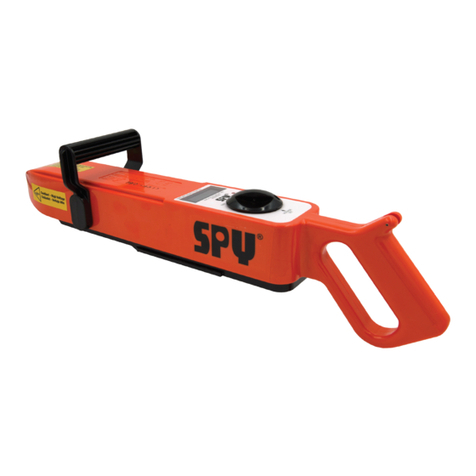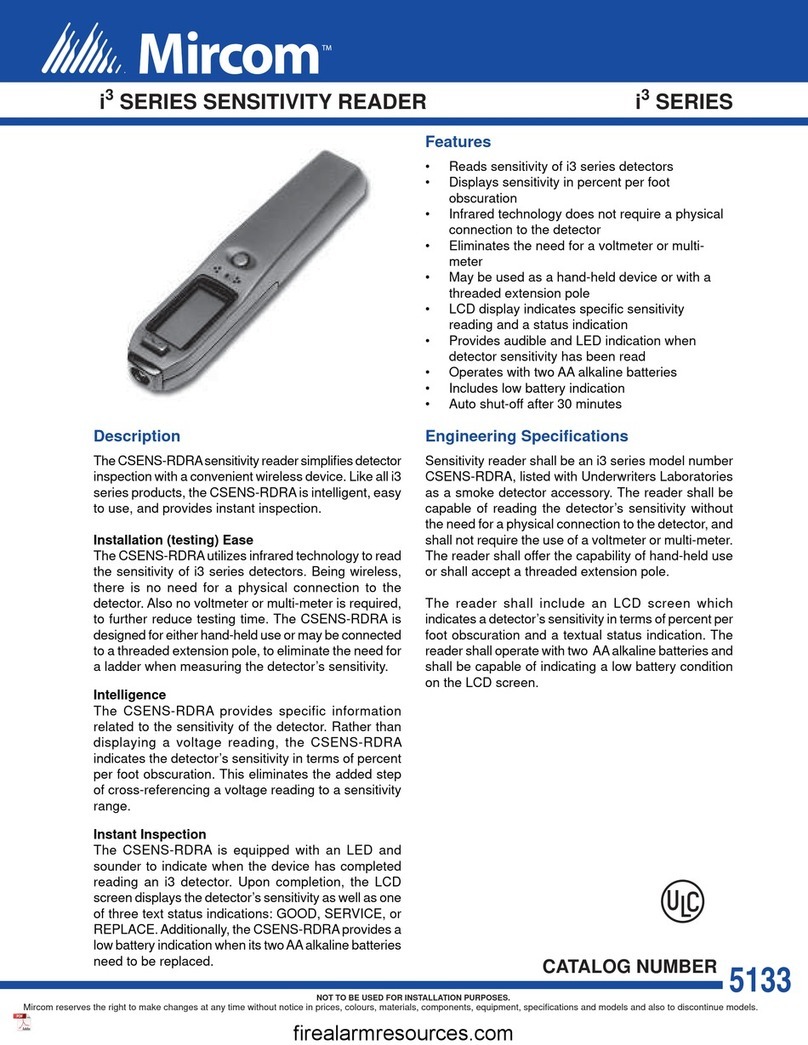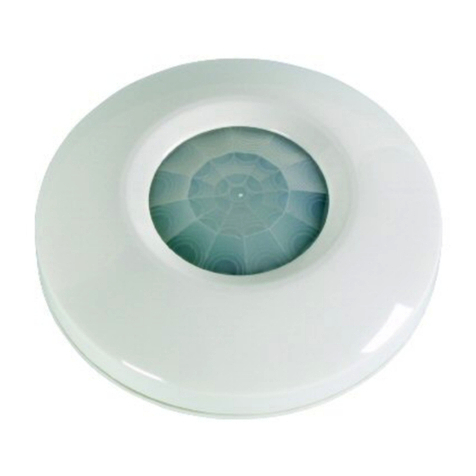Bartington Mag900 User manual

www.bartington.com
INNOVATION IN MAGNETICS
Bartington Instruments Ltd
5, 8, 10, 11 & 12 Thorney Leys Business Park
Witney, Oxford, OX28 4GE. England
®The copyright of this document is the property of Bartington Instruments Ltd.
Bartington is a registered trademark of Bartington Instruments Limited in the following countries: Australia, Brazil, Canada, China, European Union, India,
Israel, Japan, Mexico, New Zealand, Norway, Russia, Singapore, South Korea, Switzerland, Turkey, United Kingdom, United States of America and Vietnam.
Operation Manual for
Mag900 & Mag901
Three-Axis Magnetic Field Sensors
OM4550/1

BARTINGTON INSTRUMENTS
Page 2 of 10 OM4550/1
Table of Contents
1. About this Manual 3
1.1. Symbols Glossary 3
2. Safe Use 3
3. Introduction 4
4. Overview 5
4.1. Vector Measurements and Conventions 5
5. Installation 6
5.1. Unpacking 6
5.2. Orientation 6
5.3. Mounting 6
5.4. Cable Recommendations 6
5.5. Pre-Installation Tests 7
6. Operating Instructions 8
7. Troubleshooting 8
8. Storage & Transport 9
10. Environmental Precautions 9
11. End of Life Disposal 9

BARTINGTON INSTRUMENTS
Page 3 of 10 OM4550/1
1. About this Manual
This manual provides the information necessary to help customers connect, install and operate
the Mag900 & Mag901 three-axis magnetic field sensor.
Technical specifications of the products, including power supply requirements and analogue
output details, can be found in DS4550, whilst outline drawings of both sensor head, electronics
board and cable can be found on Mag900/Mag901 product page.
1.1. Symbols Glossary
The following symbols used within this manual call your attention to specific types of
information:
WARNING: Indicates a situation in which serious bodily injury or death could result if the
warning is ignored.
Caution: Indicates a situation in which bodily injury or damage to your instrument, or both,
could result if the caution is ignored.
Identifies items that must be disposed of safely to prevent unnecessary damage to the
environment.
Note: A paragraph in this format provides useful supporting information on how to make
better use of your purchase.
2. Safe Use
WARNING: These products are not qualified for use in explosive atmospheres or life
support systems. Consult Bartington Instruments for advice.
WARNING: Environmental and electrical specifications should not be exceeded.
To prevent irreparable damage, electrostatic discharge (ESD) protection and precautions
must be used when handling the unpackaged sensor electronics board.
Note: Do not expose to strong magnetic fields while being stored as this can magnetise
the sensor and affect its offset performance.

BARTINGTON INSTRUMENTS
Page 4 of 10 OM4550/1
3. Introduction
Figure 1. Mag900 & Mag901.
The Mag900 & Mag901 is an unpackaged, three-axis, low power sensor intended for customer
system integration.
Technical specifications for the Mag900 & Mag901 are provided in datasheet DS4550.

BARTINGTON INSTRUMENTS
Page 5 of 10 OM4550/1
4. Overview
The Mag900 & Mag901 consists of a cluster of three feedback stabilised, fluxgate sensors
arranged along X, Y and Z axes. Each axis provides a highly linear magnetic response with
low hysteresis, and low crosstalk between axes. These characteristics, combined with the
compact design and very low power consumption, make this product ideally suited for perimeter
surveillance with a multi-sensor network.
Internal regulation of the power supply ensures the Mag900 & Mag901 is suitable for battery
powered operation, over both long and short cables (subject to the minimum supply voltage
specified in datasheet DS4550).
4.1. Vector Measurements and Conventions
Each sensor produces three independent analogue output voltages in response to the magnitude
and direction of the orthogonal components of a magnetic field. A “right-hand” coordinate
system is adopted. In this system the X, Y and Z axis correspond to the thumb, first and second
finger respectively of the right hand.
North
+X
Thumb
Down
+Z
2nd Finger
East
+Y
1st Finger
Figure 1.The “right hand” tool
The centres of the three vector sensors are superimposed. Refer to outline drawing DR4576 for
the orientation of each sensor and the centre of the sensing elements. The point of each vector
arrow in DR4576 indicates the positive direction of each axis.

BARTINGTON INSTRUMENTS
Page 6 of 10 OM4550/1
5. Installation
The Mag900 & Mag901 is intended for integration into the customer’s own system. Bartington
Instruments cannot advise on the operation of third-party systems.
5.1. Unpacking
Safe handling precautions must be observed. The Mag900 and Mag901 fluxgates are wound with
thin copper wire. While these wires are covered with silicone coating and are recessed inside the
coil block, extra care must be taken not to break these delicate wires. Doing so will render the
magnetometer inoperable.
5.2. Orientation
Note: The direction of the geomagnetic field will vary with geographical location. It is
generally vertical at the poles, becoming horizontal at the equator.
5.3. Mounting
The Mag900 & Mag901 sensor assembly should be mounted in a stress-free manner using the
six mounting holes on the PCB. Dimensions and locations of the holes are shown in outline
drawing DR4576.
5.4. Cable Recommendations
The Mag900 & Mag901 provides differential output lines for analogue signal transmission.
The advantages of this differential arrangement are very high common-mode noise rejection and
the suitability of readily available cable types. Each of the two anti-phase output lines has low
output impedance at the signal source, damping the lines and preventing ringing.
The cable must be terminated with a differential amplifier having a circa 50kΩ input impedance,
due to cable inductance and capacitance considerations. This arrangement will provide some
damping to high frequencies but will attenuate the signals above the frequency range of the
sensor.
Note: Due to these effects:
• The cable pair loop resistance should not exceed 0.1 Ω per metre.
• The pair loop inductance should not exceed 0.5 micro-Henry per metre.
• The capacitance between should not exceed 52pF per metre.
• The capacitance between conductors and shield should not exceed 120pF per metre.

BARTINGTON INSTRUMENTS
Page 7 of 10 OM4550/1
5.5. Pre-Installation Tests
Prior to the installation into the customer’s system, the Mag900 & Mag901 must be fully tested to
ensure correct function as follows:
Caution: Take care to avoid bending or otherwise damaging the contacts whilst conducting
the tests.
Caution: Ensure the polarity is correct. Incorrect polarity is likely to damage the sensor
irreparably.
Note: Use a current-limited power supply.
• Check the power supply output voltage using a voltmeter. Refer to datasheet DS4550
for the required values.
• Connect the sensor to the cable connector.
• Connect the power supply to the other end of the cable connector.
• Switch on the power supply and wait until the sensor has stabilised. Refer to datasheet
DS4550 for magnetic settling times.
• Confirm no magnetic objects are moving in the vicinity.
• For each of the three (X, Y and Z) axes in turn:
a. Connect a voltmeter to the axis sensor outputs.
b. Whilst monitoring the voltmeter readings, align the sensor with the terrestrial field
until the maximum voltage value is determined.
c. Confirm the measured readings approach the local geomagnetic field value.
Note: Geomagnetic field values can be provided by your local magnetic observatory. A
margin of error due to local disturbance should be taken into account.

BARTINGTON INSTRUMENTS
Page 8 of 10 OM4550/1
6. Operating Instructions
Switch on the power supply to the Mag900 & Mag901.
Allow the system to warm up after switching on. Refer to datasheet DS4550 for magnetic settling
times.
The Mag900 & Mag901 is designed to have an extremely low magnetic hysteresis.
However, your sensor should not be subjected to magnetic fields greater than their stated
measuring range for extended periods as this could alter the DC offset and other performance
specifications. If this occurs, the offset will exhibit drift as it returns to its original offset
specification.
Caution: Subjecting the Mag900 & Mag901 to fields in excess of 2 x the nominal range may
cause inaccuracy in future measurements. Degaussing the sensor can reverse such an
effect.
7. Troubleshooting
Your sensor is unlikely to suffer any defects in normal use: no internal components are
serviceable. The most likely causes of failure, and their solutions, are detailed in the following
table.
In the event of any apparent malfunction beyond those described in the table below, please email
[email protected]om, or telephone the Bartington Instruments service team on +44 (0)1993
706565.
Cause Solution
No operation Check the power supply. If this is operating
correctly then contact Bartington
Instruments.
Damaged sensor If any physical damage is apparent to the
sensor then it may need to be replaced. For
information about disposal of a damaged
unit, refer to End of Life Disposal.
High stability circuitry ensures that no interim calibration should be required.

BARTINGTON INSTRUMENTS
Page 9 of 10 OM4550/1
8. Storage & Transport
Your sensor is a precision electronic instrument and should be treated as such.
Note: Avoid exposing this instrument to shocks or continuous vibration.
Note: The sensor should be stored and transported in the original shipment packaging, or
that of similar protective standard.
Note: Store only within the temperature range specified in datasheet DS4550.
Caution: Do not expose this instrument to strong magnetic fields while being stored.
Caution: Take particular care when cleaning around electrical connections. Bent or
damaged pins may cause the Mag900 & Mag901 to malfunction.
10. Environmental Precautions
Refer to datasheet DS4550 for maximum environmental, electrical and mechanical ratings.
Caution: Exceeding the maximum environmental ratings may cause irreparable damage to
the probe and electronics board.
Caution: This unpackaged product is susceptible to damage by electrostatic discharge.
11. End of Life Disposal
This product (electrical and electronic equipment) should not be placed in municipal waste.
Check local regulations for disposal of electronic products.

www.bartington.com
INNOVATION IN MAGNETICS
Bartington Instruments Ltd
5, 8, 10, 11 & 12 Thorney Leys Business Park
Witney, Oxford, OX28 4GE. England
®The copyright of this document is the property of Bartington Instruments Ltd.
Bartington is a registered trademark of Bartington Instruments Limited in the following countries: Australia, Brazil, Canada, China, European Union, India,
Israel, Japan, Mexico, New Zealand, Norway, Russia, Singapore, South Korea, Switzerland, Turkey, United Kingdom, United States of America and Vietnam.
This manual suits for next models
1
Table of contents
Popular Security Sensor manuals by other brands
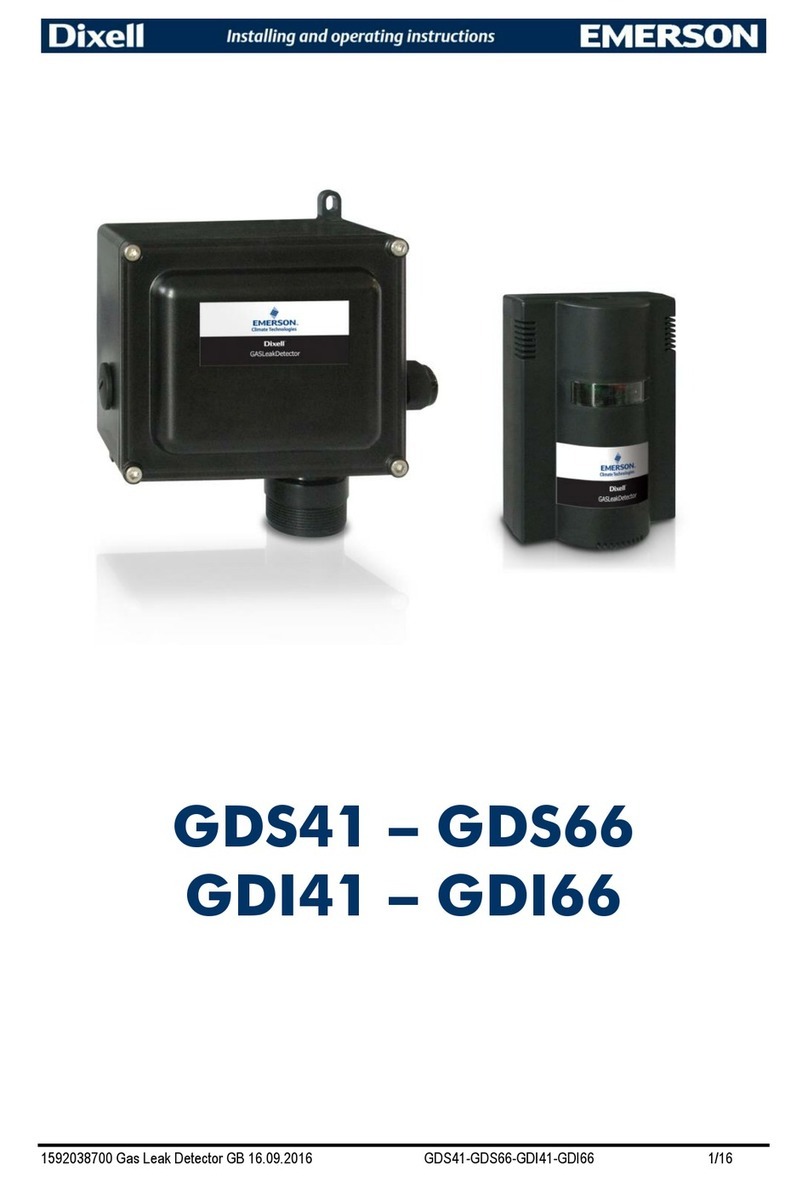
Emerson
Emerson Dixell GDS41 Installing and operating instructions
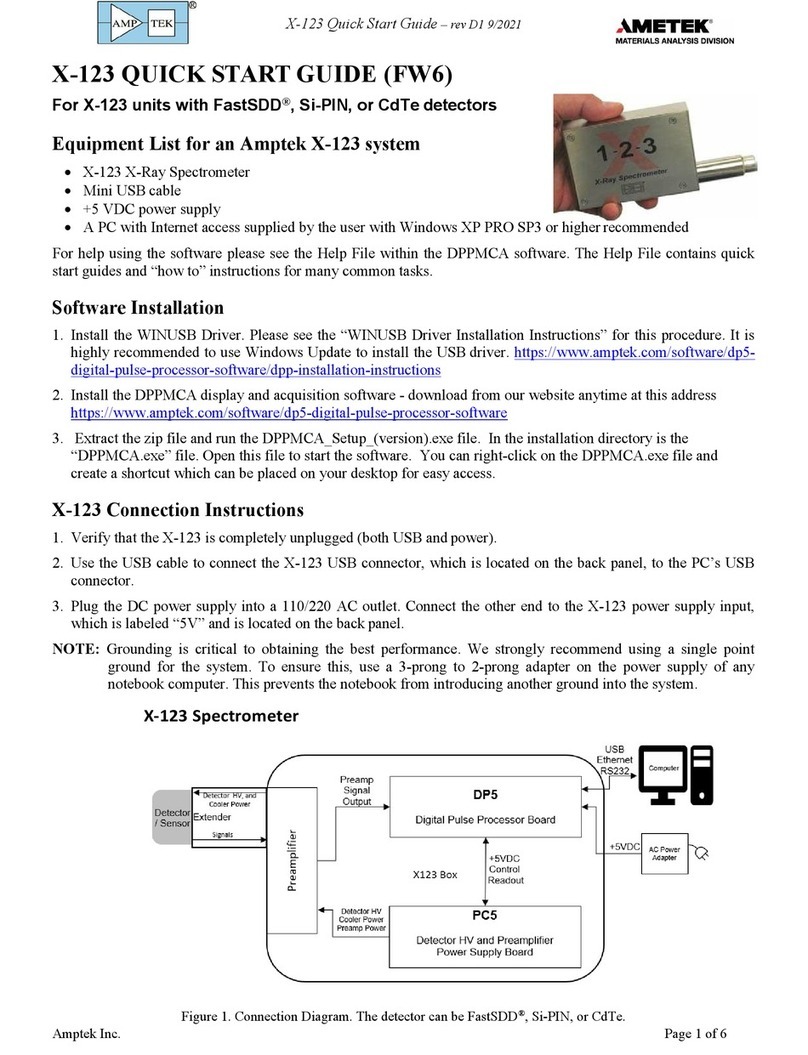
Ametek
Ametek X-123 quick start guide
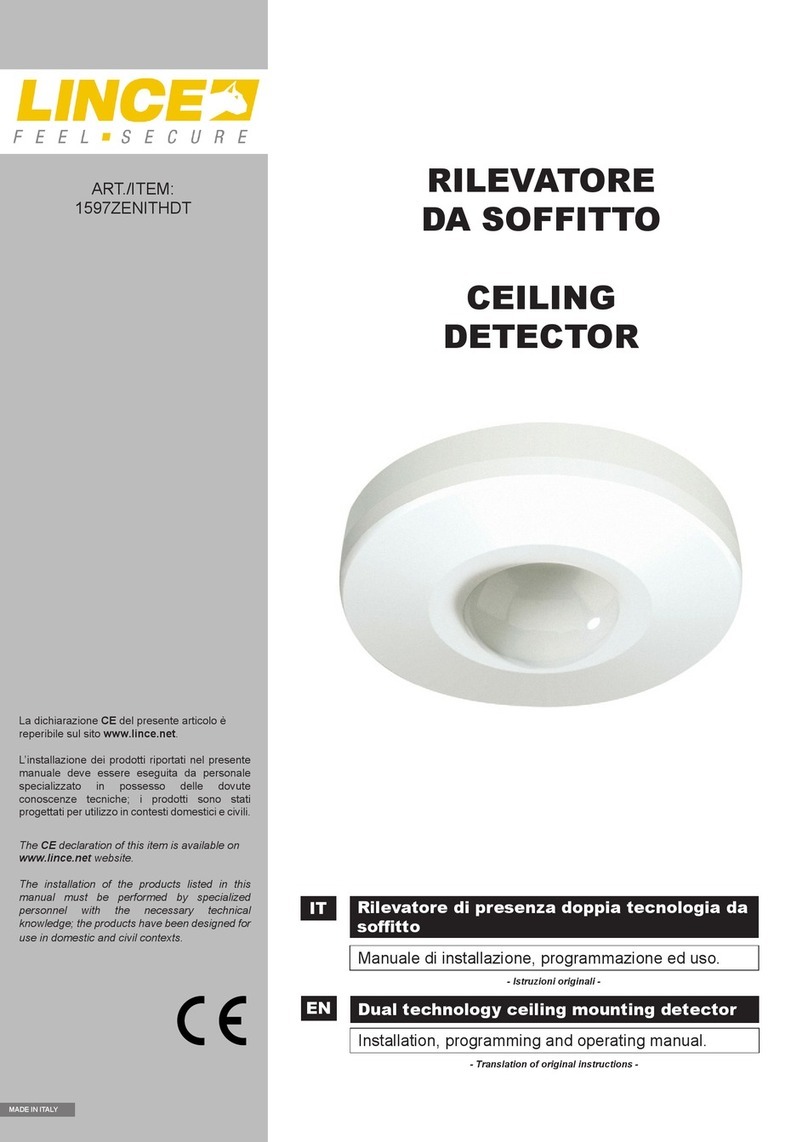
Lince
Lince 1597ZENITHDT Programming and operating manual
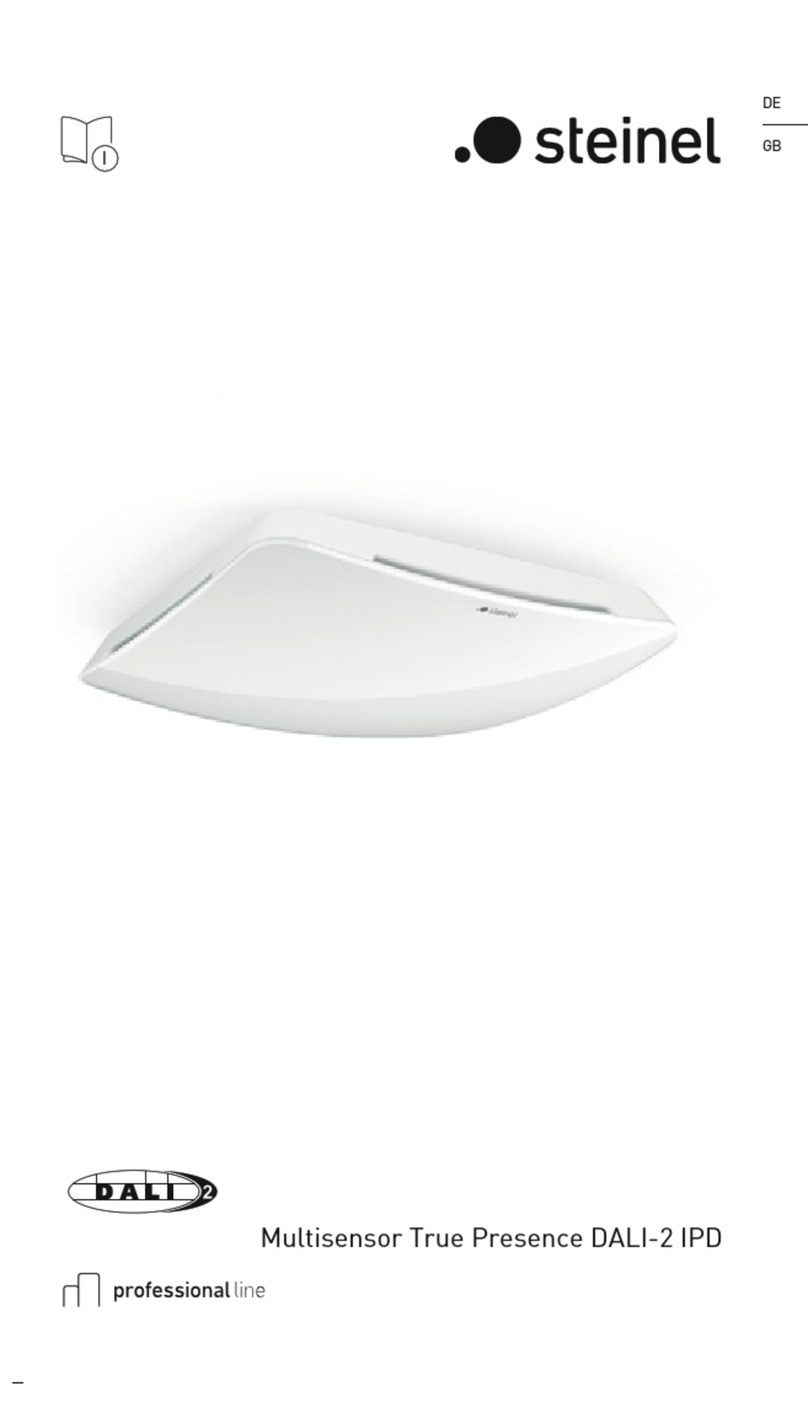
STEINEL
STEINEL Multisensor True Presence DALI-2 IPD manual
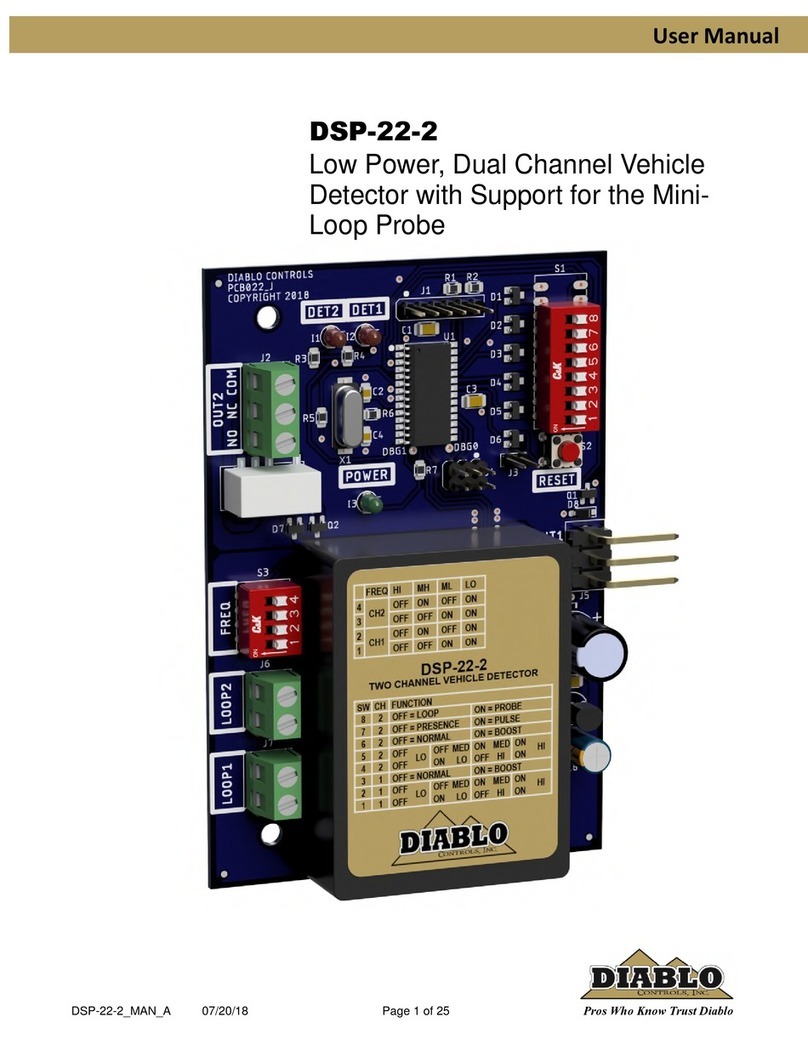
Diablo
Diablo DSP-22-2 user manual

PCB Piezotronics
PCB Piezotronics 109C11/PCS-2AF Installation and operating manual
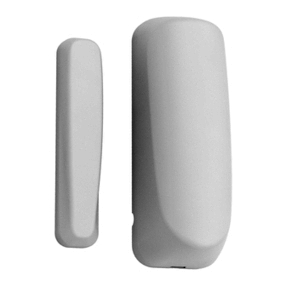
Elko
Elko iNELS Air AirWD-100NB instruction manual
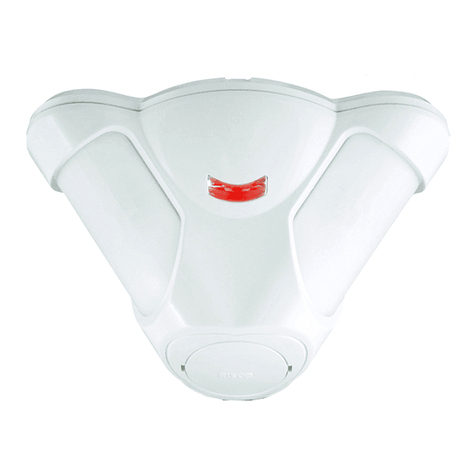
Risco
Risco Industrial LuNAR RK200DTG3 installation guide
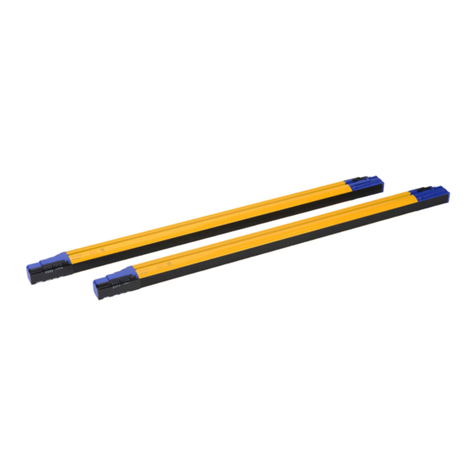
Datalogic
Datalogic SG4-14-030-OO-P instruction manual
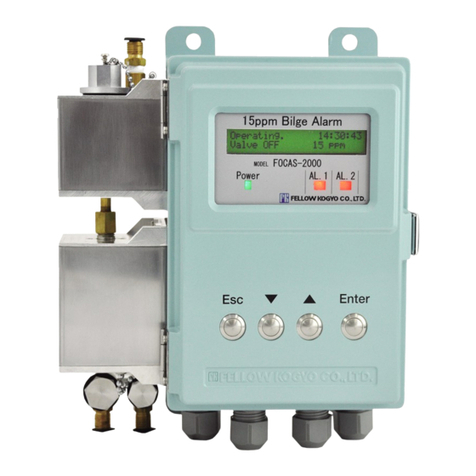
Fellow Kogyo
Fellow Kogyo FOCAS-2000 instruction manual

NuAire
NuAire 230-PIR installation manual
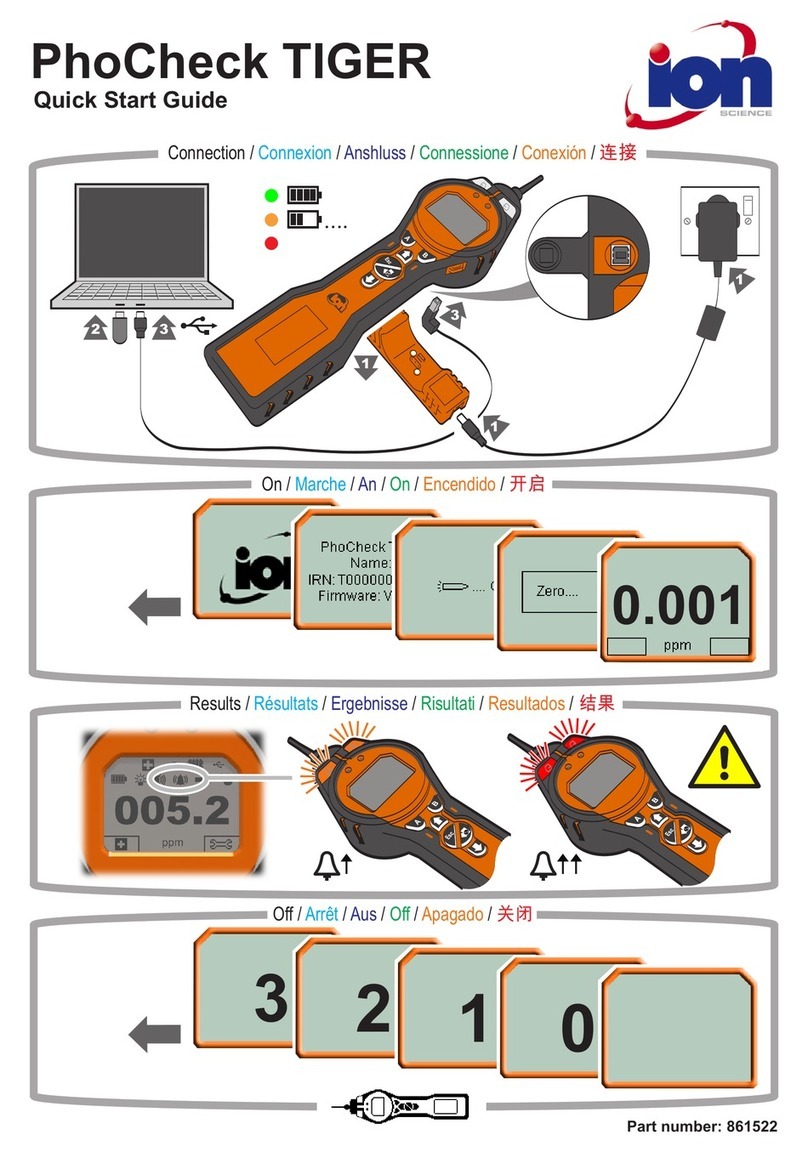
ion science
ion science PhoCheck TIGER quick start guide
